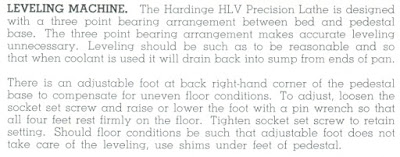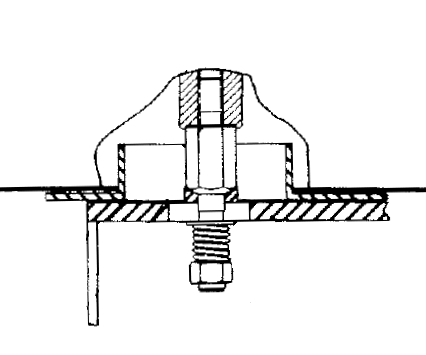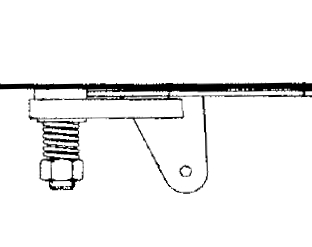Andrew,
If that Myford is in as good shape as the pictures and you say it is then BUY it!!!!!!!!!!!!!!!! You'll find the extra money somewhere. If it's in top shape then it's a huge step up from any hobby type Chinese built lathe. Do not wait, Phone the seller now and tell him it's sold. Check Myfords web site for what a new super 7 costs, You will mentally kick your own butt later if you don't buy it. If I found something like that in B.C. I'd buy it today.
Pete
If that Myford is in as good shape as the pictures and you say it is then BUY it!!!!!!!!!!!!!!!! You'll find the extra money somewhere. If it's in top shape then it's a huge step up from any hobby type Chinese built lathe. Do not wait, Phone the seller now and tell him it's sold. Check Myfords web site for what a new super 7 costs, You will mentally kick your own butt later if you don't buy it. If I found something like that in B.C. I'd buy it today.
Pete






















![DreamPlan Home Design and Landscaping Software Free for Windows [PC Download]](https://m.media-amazon.com/images/I/51kvZH2dVLL._SL500_.jpg)











































![TurboCAD 2020 Designer [PC Download]](https://m.media-amazon.com/images/I/51UKfAHH1LL._SL500_.jpg)




